Recently, the coffee-tea blend, an innovative form of beverage, has gained popularity. A cup of cappuccino with a hint of tea or a glass of jasmine tea with Latte art has become the top choice of hot drinks for many in autumn. The crossover blend of tea and coffee opens up a new direction for these two ancient beverages.
We investigated the global distribution of tea leaves and coffee beans along the Silk Road since the 4th century and analyzed 679 recipes of coffee-tea blends over the past 17 centuries.
A detailed story. (Approximately 5 min is needed to finish the story.)
Coffee-tea blends reach the top tier, instilled with Chinese milk tea gene
Coffee and tea seem quite distinct but blended magically along the Silk Road (refer to Figure 1).
Tea originated in southwest China. In the 6th century, tea was first consumed with nomadic milk when distributed along the Silk Road. Soon after, along the ancient Tea-Horse Road, Yak butter tea was invented by boiling ghee, tea, and milk, which is recognized as the origin of milk tea.
Yak butter tea, along with tea leaves, was introduced into the southern foothills of the Himalayas through the ancient Tea Horse Road. It was then sweetened and spiced in the Gangetic Plain and became Indian Chai. Indian Chai entered the Central and Western Asia through the Silk Road and was even sweetened into Arabic Karak Chai.
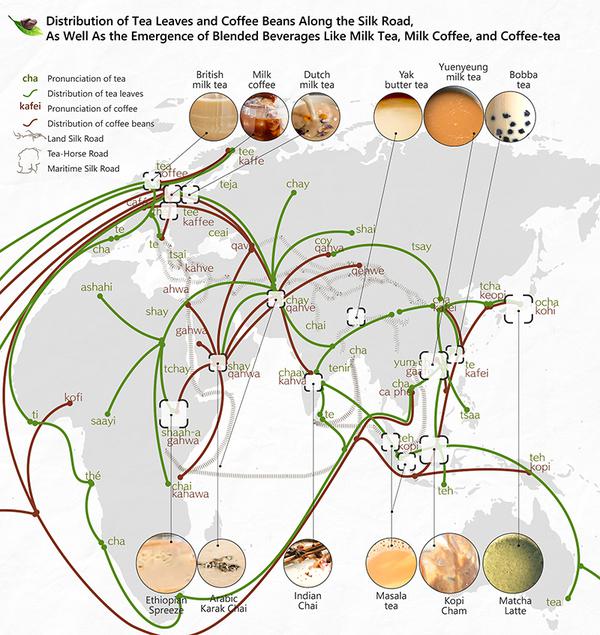
Also in the 6th century, coffee beans were discovered in Kaffa, Ethiopia. They were then introduced to the Arabian Peninsula by Ethiopian troops in Yemen.
After the 16th century, tea leaves became one of China's major exports, spreading as far as Europe and the Americas through both the maritime and land Silk Roads.
Meanwhile, Ottoman Turkish military brought coffee beans back to Istanbul from the western Red Sea. European merchants in Turkey then transported coffee beans back to Europe, successfully popularizing coffee in the region. As European colonial expansion extended, coffee beans made their way to South and North American countries.
Entering Europe along with tea leaves, Asian Chai became Dutch and British milk teas that were mellowed by adding more milk. Later, Dutch milk tea evolved into Bobba tea in Taiwan, China, while British milk tea was transformed into Masala tea in Southeast Asia by mixing with Indian Chai.
Inspired by milk tea, Dutchman Joan Nieuhof first blended milk into coffee.Later, after the Ottoman army retreated from Vienna, a Polish named Kolschitsky brewed coffee using the beans left by the army. He used thicker milk to offset the bitter taste, laying the foundation for latte and cappuccino.
Tea leaves and coffee beans, as well as the habit of drinking them with sugar and milk, became more popular in the 19th century, which nurtured the crossover blend of coffee and tea.
Yuen Yeung milk tea, British milk tea blended with coffee, condensed milk, and caramel, was first brewed by dock workers in Hong Kong, China. Chinese merchants and workers then distribute it southward and transformed it into Southeast Asian style coffee-tea blends, such as Kopi Cham, Cham Peng, Teh Peng Di, and Neslo, and sold them through street vendors.
Later, milk coffee was mixed with green tea powder in Japan, known as today’s Matcha Latte.
When tea was introduced to Ethiopia, the origin of coffee beans, the milk tea evolved into Ethiopian Spreeze.
Booming trade and cultural communication of tea and coffee drive the innovative blends
China has historically been a major producer, consumer, and global trader of tea. In the late 19th century, coffee cultivation began in Yunnan, and by the end of the 20th century, China became an important coffee market in East Asia, after South Korea and Japan.
Since the Belt and Road Initiative was put forward in 2013, China has seen a thriving of the import and export of tea and coffee. The global prestige of Chinese tea and coffee beans has steadily increased. At the same time, high-quality coffee and tea products from around the world have flowed into China, diversifying both the Chinese and global tea and coffee beverage markets significantly(refer to Figure 2).
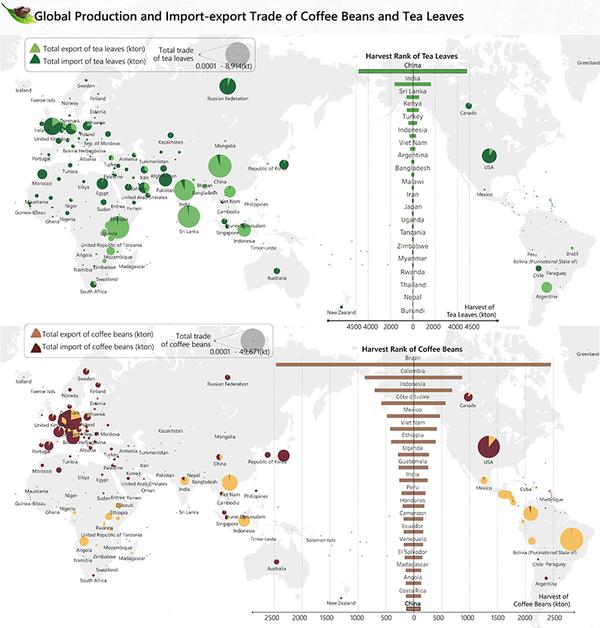
Meanwhile, the production, consumption, and culture of tea and coffee have been disseminated through international communication.
The crossover innovation of coffee-tea blends embodies people's expectations for a prosperous and colorful life
In recent years, the innovative blends of coffee and tea have been driven by strong and diversified market demands, mature and systematic production methods,as well as abundant supplies of raw materials. The coffee tea blend, originally a simple mix of coffee, tea, milk, and sugar, has evolved into extensive blends of various ingredients and their visual display.
According to our investigation, there are over a hundred blended tea and coffee beverages, including (iced)Yuen Yeungmilk tea, osmanthus latte, black tea macchiato, Yuen Yeungoolong milk tea, and more. These beverages consist of over 80 ingredients(refer to Figure 3).
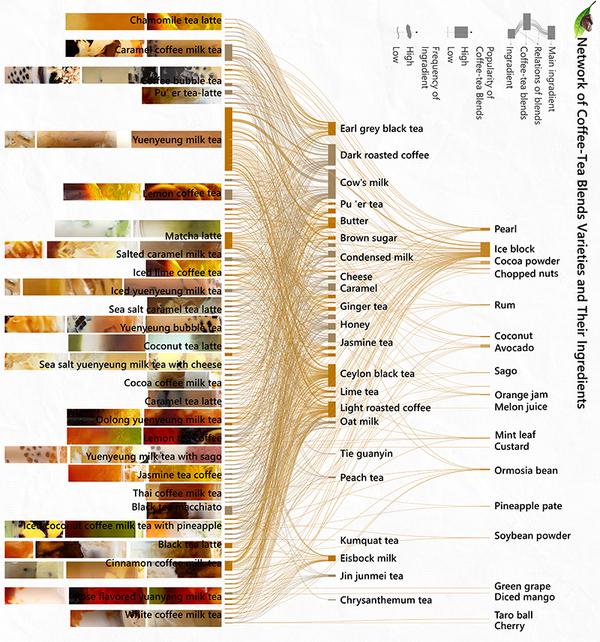
For instance, the blend of light roast coffee and black tea retains the aroma of the two and creates a reddish-brown color; and the product will be toasty if dark roast coffee is added. But the product will be crisp and refreshing in terms of taste and look if fruit and flower tea are added.
On this basis, adding fresh milk, coconut milk, or oat milk, as well as caramel or other sweets can counteract the sourness and bitterness of tea and coffee while enhancing the taste and look of the product. Moreover, mixing granular ingredients such as chopped nuts, coconut gel, and sago can also add layers to the product's taste.
Brewed from a combination of tea and coffee, the milky, sweet, toasty, floral, and fruity beverage caters to people's cravings for sweetness and satiety. The visual appeal of various ingredients displayed in a transparent cup provides a great visual pleasure.
In recent years, the crossover blend of tea, coffee, and wider ingredients has become a type of trend in China. While seeking more overseas opportunities, it is also facing challenges. For example, while there is a wide variety of tea and coffee beverages available, the flavors can be quite uniform. These beverages are often associated with high sweetness and high protein content to offset the bitterness of tea and coffee, but they are sometimes considered unhealthy. Additionally, when entering overseas markets, the competition with local milk tea and milk coffee products, as well as gaining wider attention beyond Asian communities, is a topic worth exploring.
The blend of tea and coffee can be compared to Yuen Yeung birds, a pair of affectionate lovers. Coffee and tea, just like the male and female Yuen Yeung birds, may seem different and find it hard to coexist, but they can fly side by side.
What makes this story possible is the reciprocal Silk Road journey of different cultures across millennia. These cultures may seem vastly different, but they all possess the wisdom to learn and adapt, the courage to innovate and pioneer, and the inclusiveness to embrace diversity. As a result, they progress hand in hand toward a better future.
The story of coffee-tea blends has just begun. Let's look forward to it together.
Data Source
National Platform for Common Geospatial Information Service, National Bureau of Statistics, Ministry of Commerce of the People’s Republic of China, Food and Agriculture Organization of the United Nations, UN Statistics, Silk Road Database of Fudan University (silkroad.fudan.edu.cn)
Reference
Chinanews.com, Guangming Daily, China International Import Expo (www.ciie.org), Cailianshe (www.cls.cn), Yicai (www.yicai.com), Xinmin Weekly
Presented by: Yu Lan
Producer: Wu Qingcai
Executive Producer: Peng Dawei, Ma Xueling
Director: Ma Qian, Xu Yang, Yang Yifeng, Zhang Jianyuan
Coordinator: Ma Qian
Data storytelling & Design: Ma Qian, Cui Rui
Motion Graphics: Song Xiaoyu
Translator: Ma Qian
Proofreader: Mo Honge








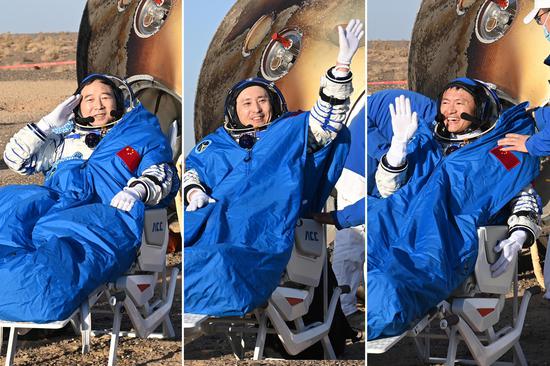
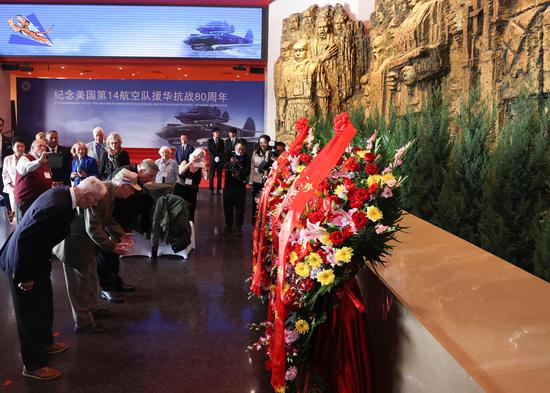
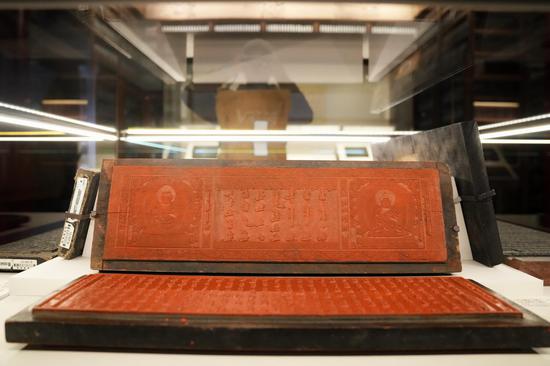
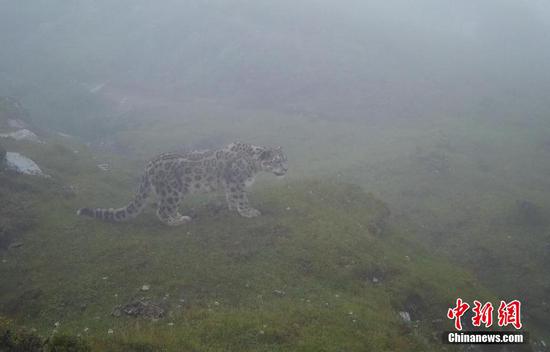
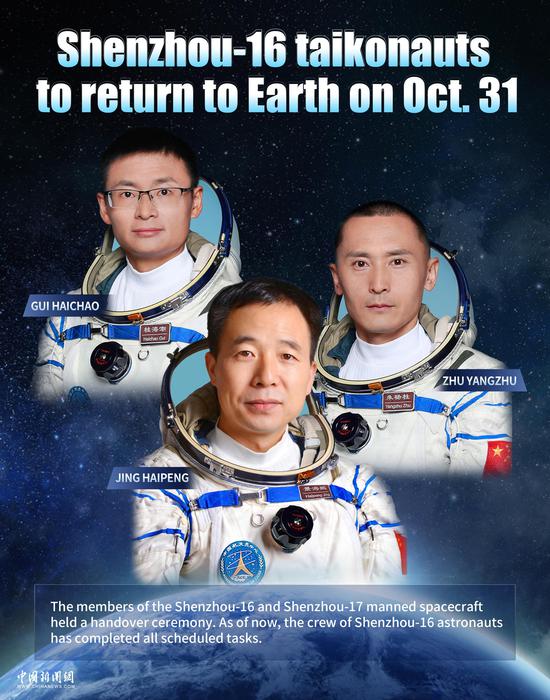


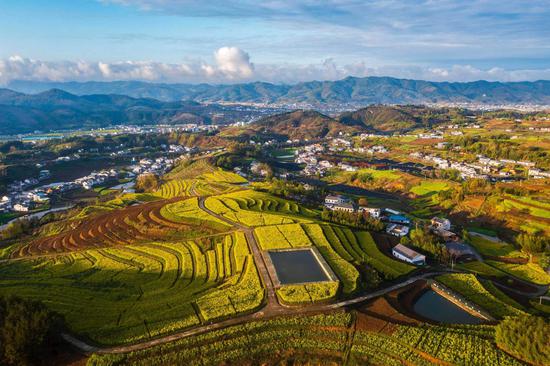
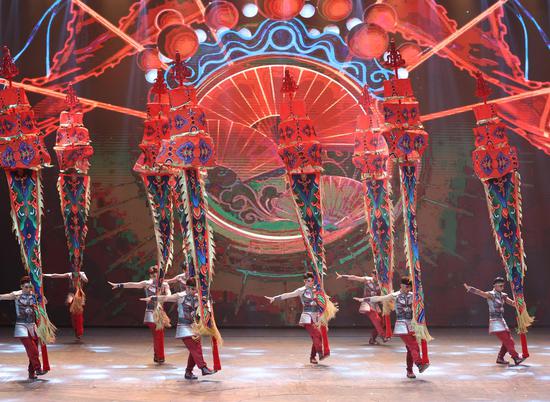
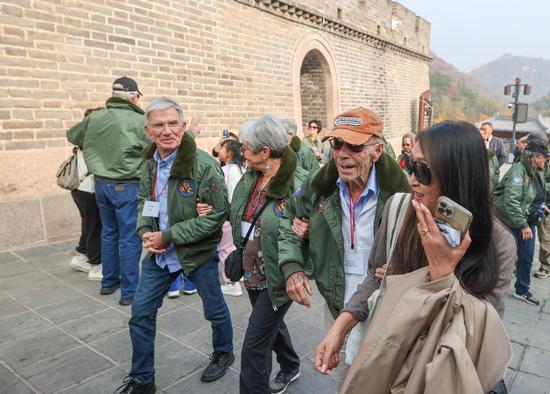
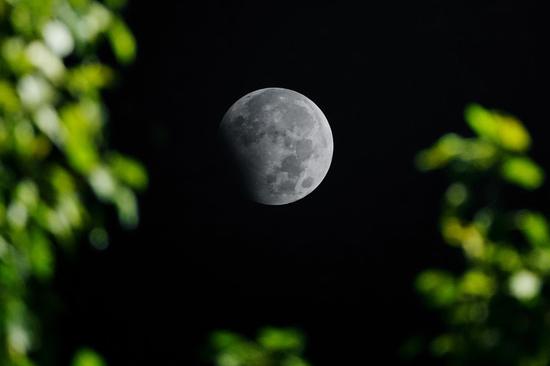
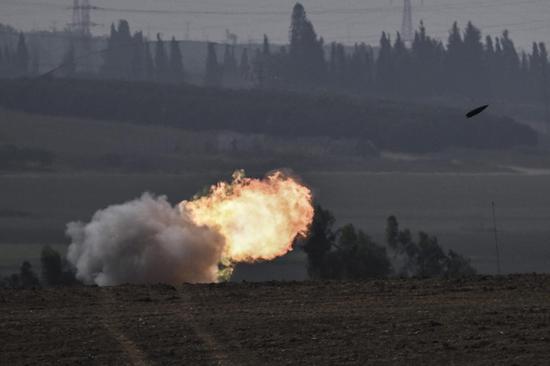


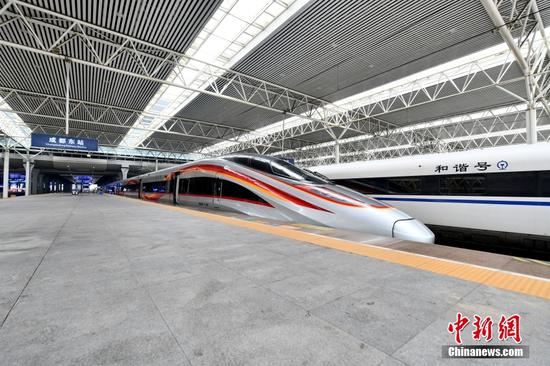
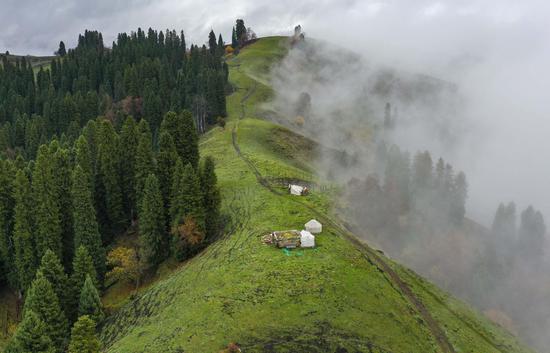

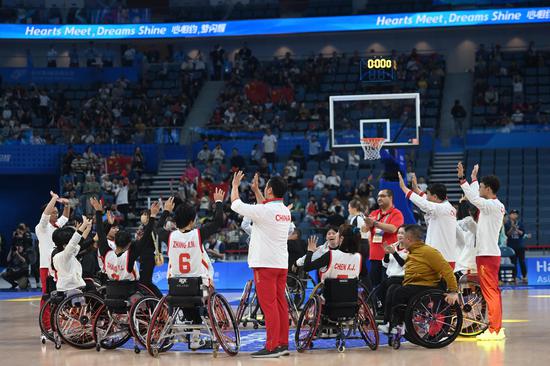
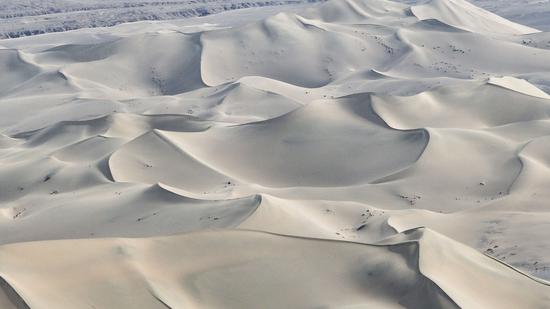

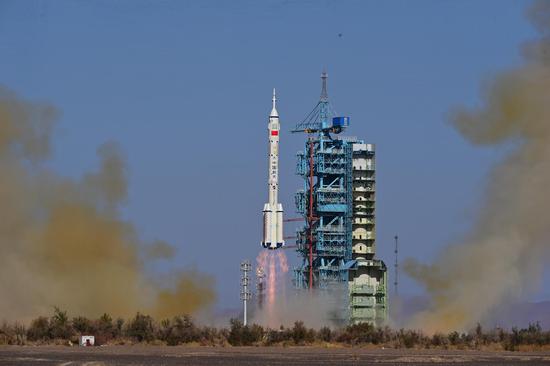
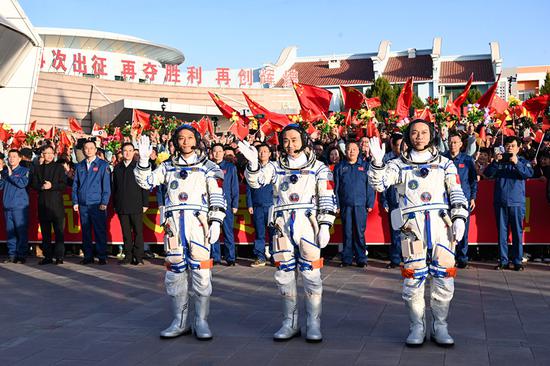
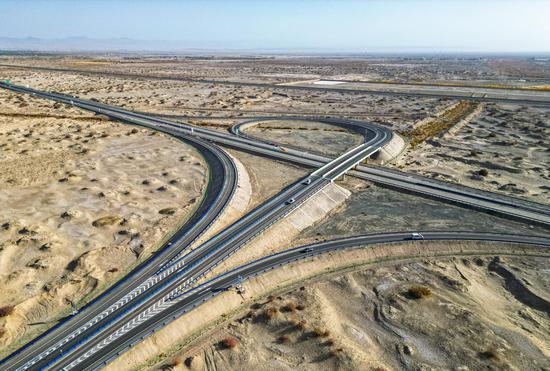


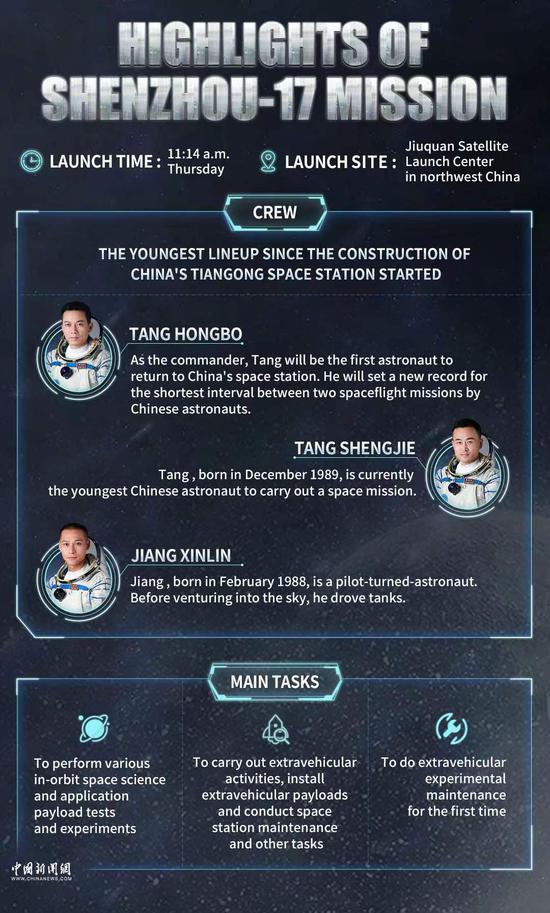
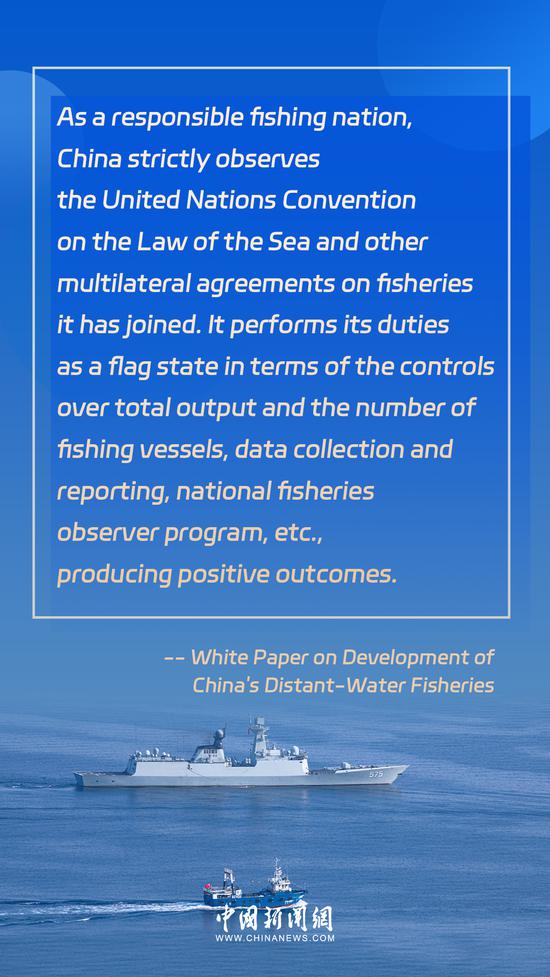


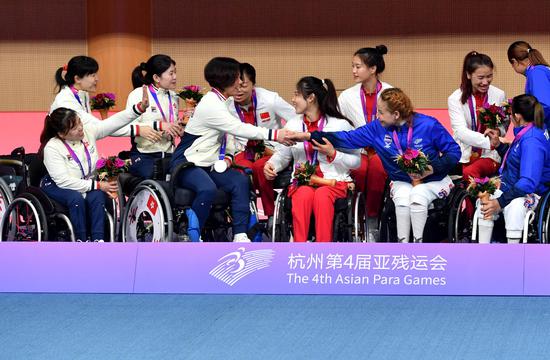
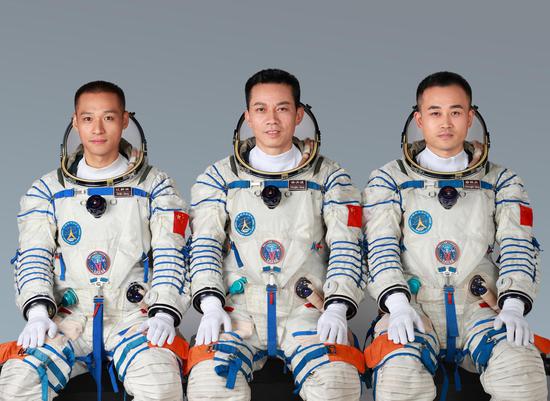
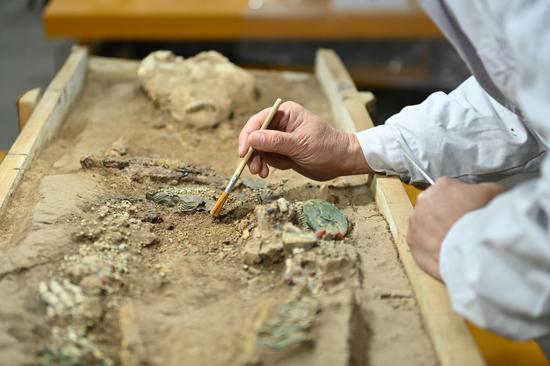

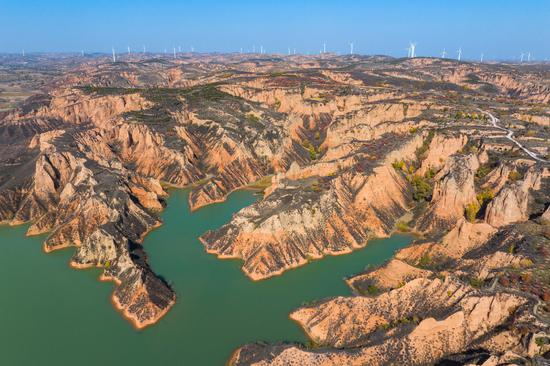

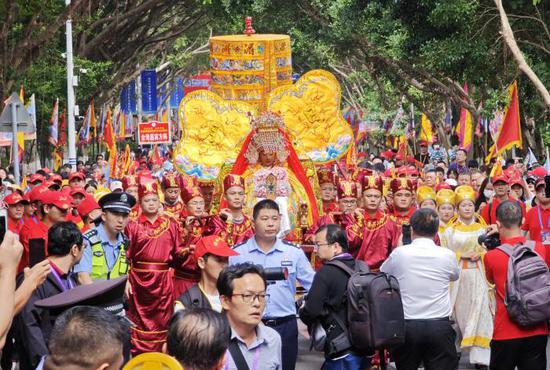
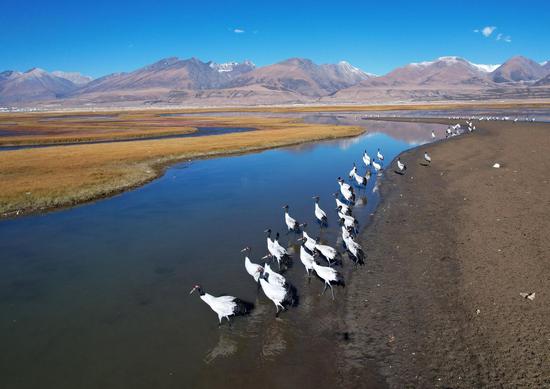

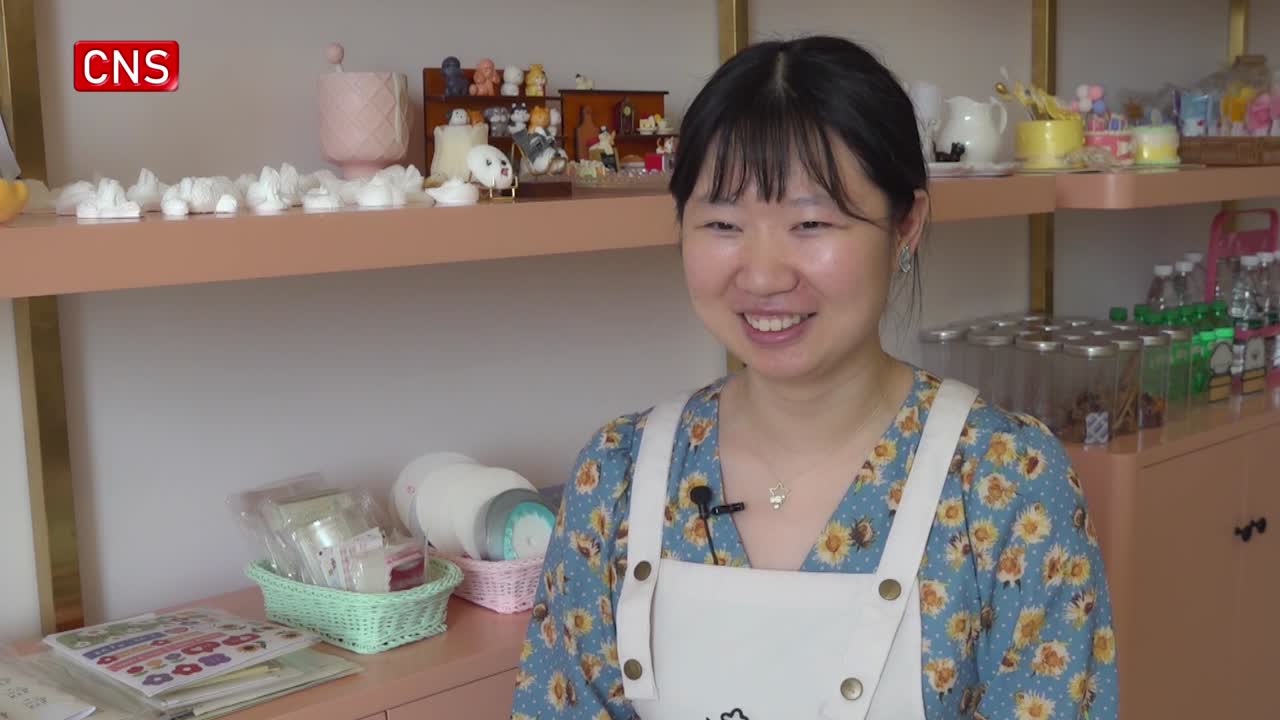

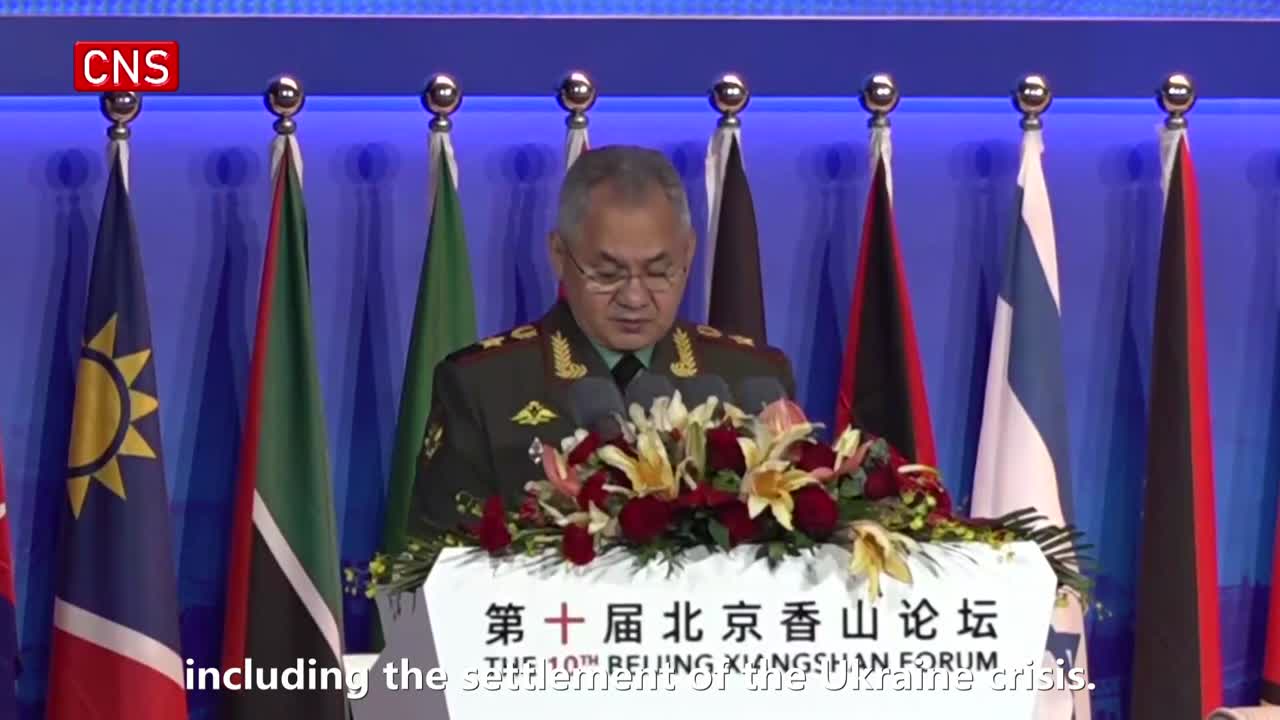

 京公网安备 11010202009201号
京公网安备 11010202009201号